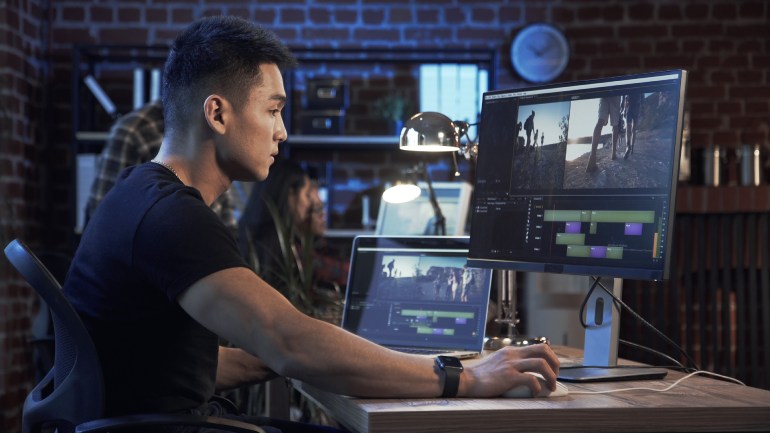 Images and videos dominate in communication among young people, making clear that the Internet is becoming more visual with each new generation. In fact, nothing has accelerated the already rapid growth of visual content more than the pandemic. Consequently, in this increasingly visual world of communication, marketers need visual literacy to keep up with developments.
Images and videos dominate in communication among young people, making clear that the Internet is becoming more visual with each new generation. In fact, nothing has accelerated the already rapid growth of visual content more than the pandemic. Consequently, in this increasingly visual world of communication, marketers need visual literacy to keep up with developments.
Visual content such as photos and videos are great for conveying emotion and complex messages in a relatively small space, but they also come with their own set of challenges. When it comes to user experience, the devil really is in the details. For example, how do you optimize images and videos so that they appear consistently across different browsers, devices, and formats? How do you ensure that the video is displayed correctly when a user turns their phone to landscape? How to optimize visual content for SEO?
Fortunately, modern technology can help with such visual literacy issues and automate many of these processes. Despite all the technology, marketers should acquire a certain basic knowledge of visual media.
Optimize visual content with AI
Optimizing visual media for different devices, browsers and social media channels is a very detailed, time-consuming, and monotonous work for the development team. Luckily, this work can be beautifully automated with the help of artificial intelligence (AI). There are free and subscription-based tools that use AI to optimize images and videos across the four main stages of the media content lifecycle: creation, editing, delivery, and enhancement. For instance, use AI tools to automatically check the quality of user-generated content, auto-crop images to highlight the most important content, auto-tag images with SEO, and apply filters, effects, overlays, and others to bulk content to make improvements.
Acquire knowledge of new image and video formats
Whether for broadcast-quality live streaming, on-demand viewing, or real-time interactive communication, video is becoming increasingly important online. Marketers should try to take advantage of this efficiently. On the technical side, a good starting point is the introduction of the AV1 video format. Unlike its HEVC and H.264 predecessors, AV1 was built for the modern web and is supported by the big tech companies like Apple, Amazon, Google, Intel, Microsoft, and Netflix. AV1 is not only royalty-free, but also offers exceptional visual quality at a much lower bit rate. For brands that stream a lot of video content, AV1 has the potential to deliver big bandwidth, cost and carbon footprint savings, while delivering high speed and quality. Marketers should talk to their web teams about moving to AV1, AVIF, and other new image and video formats.
Make use of optimization tools
Regarding user experience and visual content, companies should not rely on individual solutions, but take an integrated approach instead. A good visual user experience includes personalization, performance, and usability. To deliver such a visual experience, interfaces for the most diverse visual content and tools are required. A platform that can take over the management of the visual media assets in the backend as well as the advanced processing and the optimized provision of the processed assets can help here. Which means a platform capable of managing the entire visual content processing pipeline, not just for individual products or tools.
Without a doubt, visual content is playing a bigger role in supporting brands in communicating their values, products, and services this year. As new technologies and tools help to automate and improve the visual content optimization process, marketers must continue to build their visual literacy skills to take full advantage of the options.
Time to deal with the innovations in the field of visual content and to acquire the basic concepts of image and video optimization is well invested. Because, to make an impression in the visual economy, marketers must adapt their campaigns to the new circumstances that requires visual competence.
By Daniela La Marca


